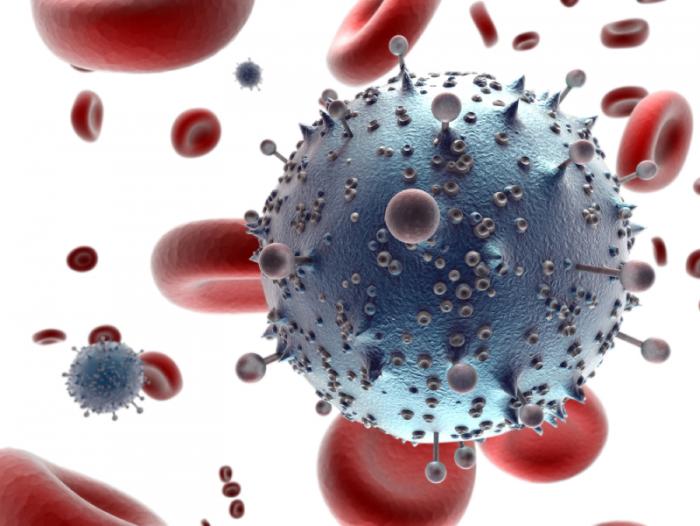This post comes to us courtesy of our Australian partners, VIVA! Communications.

At the height of the AIDS crisis in the early 1990’s, approximately 1,000 Australians died from the disease each year. Since the mid-1990s and the advent of anti-retroviral medication, Australia has witnessed a dramatic reduction in AIDS cases. On July 10, 2016, prominent researchers from the Kirby and Peter Doherty Institutes and the Australian Federation of AIDS Organisations (AFAO) announced the end of AIDS as a public health issue.
Australia joins a handful of countries that have successfully fought the epidemic. Professor Andrew Grulich, head of the HIV Epidemiology and Prevention Program at the Kirby Institute, UNSW, Sydney, said the number of AIDS cases were so low that they were no longer monitored.
“These days we don’t even monitor it. It’s a transitory thing for most people; people have AIDS, then they go on treatment, and they don’t have AIDS anymore,” Professor Grulich told ABC News.

What is AIDS and how is it treated?
AIDS is an advanced stage of HIV infection that occurs when the body’s immune system can no longer fight off infections and illnesses. The syndrome leads to a severe decline in the body’s cellular immunity, which in turn, lowers resistance to infection and malignancy.
Since 1982, more than 35,000 Australians have been diagnosed with HIV, 10,000 of whom have died from AIDS-related illnesses. However, since the introduction of modern antiretroviral treatment (ART), the majority of individuals living with HIV, are unlikely to ever develop AIDS. ART is a life-long treatment regimen used to supress HIV within a person’s body. If ART is stopped, HIV can multiply and damage the immune system, heightening the risk of infections and cancer, and increasing the likelihood of virus transmission.
Of the estimated 88 per cent of Australians living with HIV who were diagnosed at the end of 2014, approximately 73 per cent were receiving ART, with therapy successfully managing the infection in 92 per cent of cases. The end of AIDS as a public health issue in Australia is testimony to the vigorous efforts and combined actions of communities of gay men, sex workers, people living with HIV, clinicians, public health professionals and researchers. Since the 1980’s, Australia has embarked on a series of elaborate, community-driven and clinical responses to the prevention and treatment of HIV AIDS.
HIV remains a public health issue
Researchers however, have been quick to reiterate, that in spite of the nation’s achievements, HIV remains a substantial public health problem in Australia. Currently, there are more than 27,000 Australians living with HIV, with 1,000 new cases of HIV recorded locally each year.
“One of the problems we still have in Australia is people not getting tested, not knowing they’re infected with HIV, and turning up for their first test when they already have AIDS, or already have significant immune damage,” Prof Sharon Lewin, Director of the Peter Doherty Institute, Melbourne, told ABC News.
The majority of HIV infections continue to occur in homosexual men, in addition to an increased incidence of HIV among Indigenous Australians and migrant communities. It is imperative Australia takes full advantage of the latest developments in the HIV prevention space, namely, the introduction of new, bio-medical prevention technologies, such as pre-exposure prophylaxis. Historically, HIV has been tarred by a lack of public understanding and stigma, largely due to the negative imagery and connotations associated with AIDS and AIDS-related illnesses.
Global battle to beat AIDS is far from over

Globally, more than 35 million people are living with HIV, the majority of whom reside in countries where ART is neither easily accessible, nor affordable
Researchers at the Kirby and Peter Doherty institutes, along with the AFAO, utilised the recent announcement to call upon the Australian government to increase funds into the Global Fund to beat HIV in the Asia-Pacific, a region where more than 200,000 people die from AIDS-related illnesses each year.
Australia has previously committed $200 million to the Global Fund, an initiative established to channel funds and resources into countries most susceptible to HIV and AIDS. Don Baxter, an international officer at the AFAO, has stated that in spite of the recent victory, it is imperative that Australia continues to assist countries which have not yet tackled the AIDS epidemic.
“We are seeing very few countries actually reducing that rate of infection at this stage, and we don’t see the political will of those governments as we’ve had in Australia,” Don Baxter told ABC News.
Ultimately, Australia’s success in combating the AIDS epidemic signals to international leaders, that a world without AIDS is possible.
